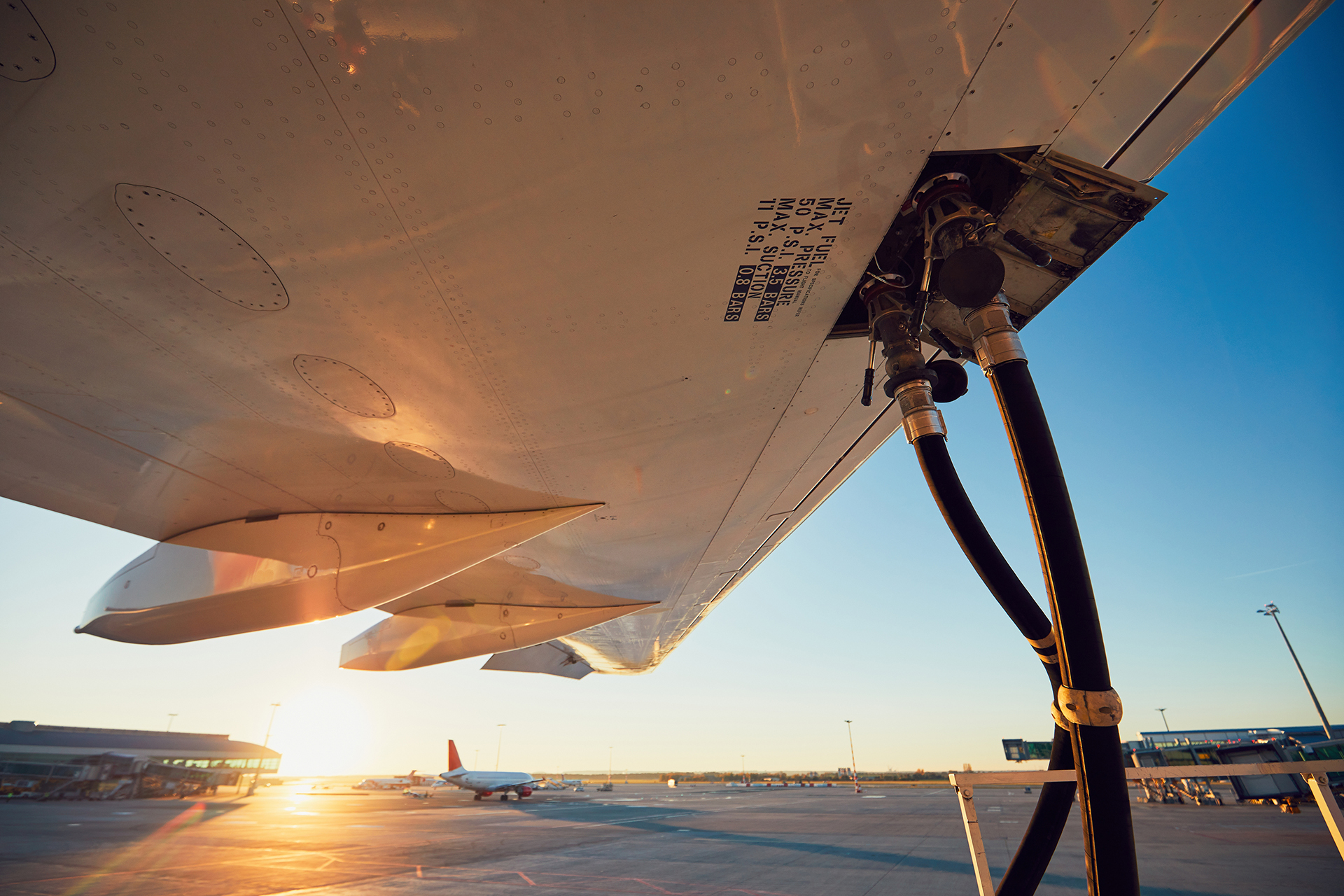Scott Thompson
The aviation industry contributes about 2.5% of global carbon emissions annually. In October of 2021, the International Air Transport Association released its road map to achieving net-zero carbon emissions by 2050. About two-thirds of the plan relies on sustainable aviation fuel (SAF)—many airlines have committed to replacing 10% of the jet fuel they use with SAF by 2030. The remainder is to come from carbon offset credits and innovation in aircraft and propulsion design, which may include electric or hydrogen propulsion or hybrids. This plan is sensible, but the industry has an opportunity to be bolder in achieving net-zero emissions much faster.
In fact, moving boldly to accelerate achievement of net-zero carbon emissions will have a positive effect on aviation demand despite the higher costs. In theory, higher cost will suppress demand, but cost is only one variable. Carbon considerations are already having a negative impact on demand. Many businesses, soon to be nearly all businesses, have set net-zero targets, and many of those targets are set for 2030. Accordingly, many of the highest-volume business flyers, the most profitable airline customers, are already setting travel reduction targets and incurring carbon offset costs as part of their net-zero commitment.
These reductions in demand and higher incurred costs will impact demand until aviation achieves, or nears, net-zero status. Carbon considerations are also increasingly affecting some consumer behavior and, perhaps even more important, attracting the attention of regulators. Regulators could introduce new carbon taxes, or increase existing ones, and could even introduce volume restrictions.
While all-electric or hybrid aircraft and hydrogen propulsion are innovations worthy of pursuit, the reality is that these technologies may be decades away from viability, requiring considerable investment in R&D and infrastructure. Electric power generation and battery technology is nowhere near sufficiently advanced to power a large commercial aircraft. Hydrogen needs to be maintained at around -420F in liquid state, which presents significant challenges onboard an aircraft over long flights and would also require completely new infrastructure.
On the other hand, SAF is a mature technology, capable of using existing infrastructure and ready to be scaled. On Dec. 1, 2021, United Airlines made history by operating the first flight on which one engine was completely SAF-powered; it carried more than 100 people from Chicago to Washington. There are two types of SAF—biofuel made directly from plants and waste, and synthetic SAF made from hydrogen and carbon. While these fuels emit carbon, they require carbon from plants or carbon captured directly from the air, thus resulting in near net-zero emissions.
The principal challenge is cost and scale. Biofuels are about four times as expensive as traditional jet fuel, while synthetic SAF can be up to 10 times as expensive. And the current supply of SAF is less than 0.1% of industry volume. Aviation fuel cost is around 22% of a flight, on average. So a 4-10X increase in fuel cost is not viable. However, the cost will dramatically decrease with large-scale production. Furthermore, new, innovative processes promise to produce SAF at about a 1.5X increase over traditional jet fuel. If achieved, the incremental cost per flight would be about 10-11%.
Demand is sufficiently resilient to absorb this increase in cost. The industry forecasts a 4+% compound annual growth rate in revenue passenger miles in the coming decades. Furthermore, the global middle class is forecast to grow in the next decade to 60% from about 25% of the world’s population, creating about 2.8 billion potential new customers. Aviation demand has been very resilient following recessions in the last two decades…



